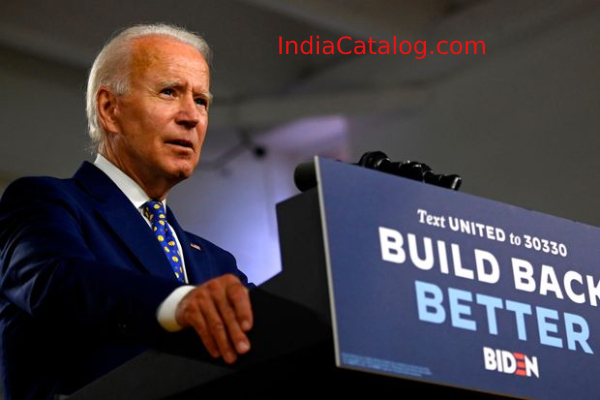ONGC's subsidy largesse, its ailing sisters and the angry wife
.jpg)
State-owned Oil and Natural Gas Corporation (ONGC) is one of the most valuable companies in the country, with annual revenue of Rs 83,889 crore and net profit of Rs 22,094 crore.
Those numbers do not present the full picture. To insulate consumers from the full impact of high international crude oil prices, the government controls the retail selling prices of diesel, kerosene and liquefied petroleum gas. It uses the cash generated by ONGC and other upstream (exploration and production) companies to compensate the underrecoveries for oil marketing companies, also government-owned.
As ONGC, like a benevolent brother, kept digging into his pockets to support the ailing sisters at the instance of their common parent, the Government of India, the minority investors of ONGC were left grumbling like an angry, helpless wife.
As early as in March 2009, US investment bank Goldman Sachs said it had “serious” concerns about ONGC’s corporate governance standards after these cash withdrawals spurred repeated objections from investors and independent directors. “Issues with corporate governance at ONGC are among the more serious for companies in our coverage universe.”
ONGC and the government did not pay much heed. Often when the government went on a roadshow to sell shares, the wife created a scene but was bullied away.
Now, however, on the eve of another sale, things are very different. The angry wife has also become powerful. Significant changes have been made to the rules governing related party transactions (RPTs) under the new companies law and Clause 49 of the listing agreement. Under the new rules, the company has to get all ‘material’ related party transactions approved from the majority of minority investors. Any transaction valuing more than five per cent of annual turnover or 20 per cent of net worth is considered material.
At Rs 56,384 crore, ONGC’s subsidy bill for FY13-14 was over 2.5 times its net profit, over half its revenue and 43 per cent of net worth of Rs 1.24 lakh crore, says its latest annual report. Under Clause 49, the exemption of the move being “in the normal course of business” is also not available. There seems no escape from a resolution of ‘special majority’. The company secretary of ONGC did not respond to Street Food queries.
As Institutional Investor Advisory Services pointed out in a June report, minority is the majority when it comes to RPTs. “Counter-intuitively, the higher the ‘promoters’ shareholding, the more vulnerable they are. For example, if the ‘promoters’ own 75 per cent of the shares in a listed company and the public 25 per cent, this 25 per cent will account for 100 per cent of the voting power for RPT. This gives one share a voting power of 4x,” IiAS said.
So, what is the voting multiplier of one ONGC minority vote? Though the government has 69 per cent stake in ONGC, it will be worth nothing if the subsidy payout goes to vote. Of the remaining 31 per cent, Indian Oil Corporation, one of the sister concerns receiving the subsidy, owns 7.69 per cent. It also can’t vote. Life Insurance Corporation (7.79 per cent) and GAIL (2.4 per cent) will also be disqualified, as they are under the control of the government.
That leaves about 13 per cent – a voting multiplier of a whopping 7.7. Some 610 foreign institutional investors which hold 6.92 per cent will have a 53 per cent vote share if such a resolution comes up. If the father plays by the rule, the wife will have the last laugh.

.webp)
.webp)
.webp)
.webp)
.webp)
.webp)
.webp)
.webp)
.webp)
.webp)















